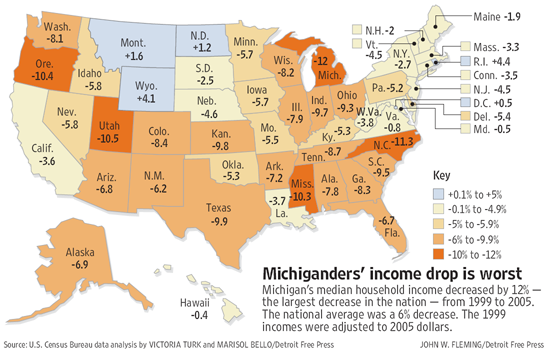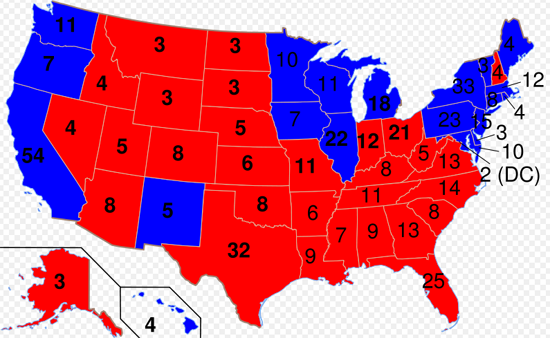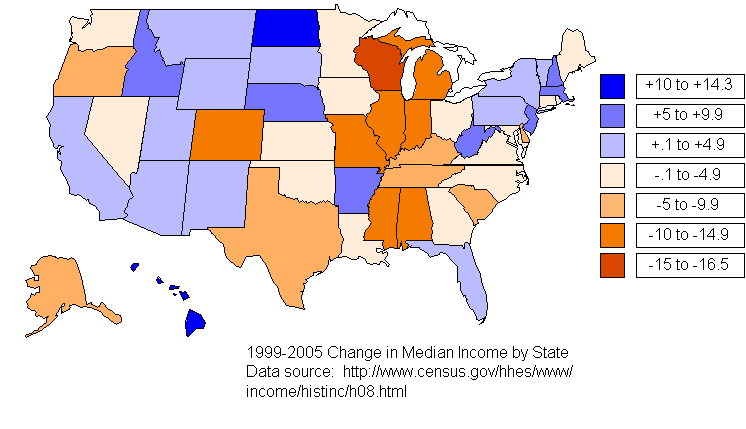with data from a reuters story about a to-be-released-today (and hence not yet linkable) congressional budget office report, i thought i’d take a moment to put some numbers together… the various reports give us some benchmarks… but no real comperable data. since i barely touch this economics stuff (i have friends to do the heavy lifting on this subject), i just want to make some quick observations and see what develops.
The report said the top 1 percent, with incomes averaging $1.2 million per year, will receive an average $78,460 tax cut this year, and have seen their share of the total tax burden fall roughly 2 percentage points to 20.1 percent, according to The New York Times.
In contrast, households in the middle 20 percent, with incomes averaging $57,000 per year, will receive an average cut of only $1,090, the newspaper said, citing the CBO report.
Taxpayers whose incomes range from $51,500 to around $75,600, saw their share of federal tax payments increase, according to CBO figures cited by The Washington Post.
…
The newspapers, citing the CBO report, said about two-thirds of the benefits from the cuts went to households in the top 20 percent, with an average income of $203,740.
People in the lowest 20 percent of earnings, which averaged $16,620, saw their effective tax rate fall to 5.2 percent from 6.7 percent, though their average tax cut was only $250.
the republican spin on this, predictably enough, is that we’re all better off now:
“It doesn’t matter who you are, the report shows that you are better off now than you were before the tax cuts,” said a House Republican aide. “It’s showing that everybody’s tax burden has gone down as a result of the tax cuts.”
unless, of course, you fall into that $51,500-$75,600 band (but that’s nit-picking). there’s a bigger picture here (and that’s barry’s cue). most things in economics only really matter in relative terms – it’s not about how much a loaf of bread costs in dollars-and-cents, it’s about how much a loaf of bread costs compared to how much you earn. it’s not about how much you earn, it’s about how much you earn relative to how much it costs to keep that job. so i want to hook up two “bigger picture” thoughts to these tax-cut figures: debt and poverty.
one thing that’s not included is the other side of the coin (so to speak) – the national debt, which, by my rough calculations ($7,330,000,000,000.00 / 294,000,000), is just a little less than $25,000 per person. now that i’ve got that benchmark number, i’m going to play fast and lose with the data, because it seems that everyone else is anyway. the first thing i’m going to do is multiply the $25,000 individual debt figure by 2.5 average individuals per household to come up with a $62,500 national-debt-per-household figure so i can compare it to income per household.
$62,500 is just a wee bit more ($5,500 more) than the average income of the middle quintile of american households. so, if you just give back your tax cuts, for the middle quintile’s tax cut of $1090, they’re only $61,410 behind on their “share” of the national debt. the bottom quintile’s $250 tax break puts them only $62,250 behind on their “share.”
so, for you low-to-middle-income households, enjoy your tax cuts, because you need to work extra hard to get us back into the black. if you’re in the bottom quintile, you need to work about 45 months to earn enough money to pay off your chunk of the debt. if you’re in the middle quintile, it’s just a little more than 13 months. oh. and no eating or cable tv while you’re at it.
the other issue i’d like to weave into this cloth is something i’ve mentioned here a couple times – the maldistribution of wealth. and today, i’m going to go with the poverty spin. according to the census bureau, the federal poverty level for a single, working-age adult is $9,573 (in 2003), which works out to just a little less than the federal minimum wage for a full-time employee ($5.15/hr * 40 hours/week * 50 weeks/year = $10,300).
i could be wrong here, and i guess everyone knows i’ve been wrong before, but it seems to me that you can do more for the economy (which is to say, positively affect more people) at the low end of the income spectrum than you can at the high end. we can keep expanding the size of the picture to include issue after issue, but i kinda wonder what the overall economic effect might be if the bottom quintile of households could afford, for example, a new 50mpg car. i suppose there is the problem of what to do with all the old cars, but it’s just a thought really. what happens when the next 5 or 10 million americans get themselves up to the point where they can afford new durable goods?
i’d be interested in finding out, but that’s not the direction we’re headed right now – or so it seems to me.


